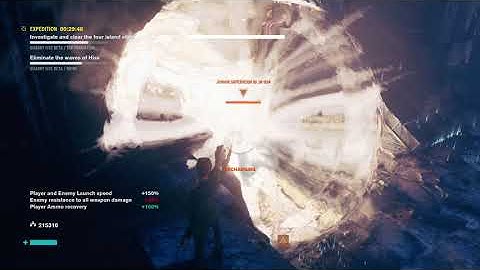Namaste, Show I used jd-gui from santoku linux where they pre-packaged it to reverse engineer mobile apps and other forensic purpose. I tried to open jar contents and tried to modify the class file content and the jd-gui it not allowing me to edit the files. Is it how jd-gui works or do I need to make any changes in the jd-gui. Can you please suggest any alternative where I could modify class files and recompile back to apk (android package) files ? Thanks, Sometimes I need to know what’s inside to figure out a best solution, like modifying a Java Use luyten (or JD GUI if you don’t care its bugs) to decompile the jar, and save all files to folder Modify a java file, then compile it to The last command will generate a file named Use luyten to check if the file This will generate a Note: If It’s important to use
The “Java Decompiler project” aims to develop tools in order to decompile and analyze Java 5 “byte code” and the later versions. JD-GUI is a standalone graphical utility that displays Java source codes of “.class” files. You can browse the reconstructed source code with the JD-GUI for instant access to methods and fields. JD-Eclipse is a plug-in for the Eclipse platform. It allows you to display all the Java sources during your debugging process, even if you do not have them all. JD-Core is a library that reconstructs Java source code from one or more “.class” files. JD-Core may be used to recover lost source code and explore the source of Java runtime libraries. New features of Java 5, such as annotations, generics or type “enum”, are supported. JD-GUI and JD-Eclipse include JD-Core library. JD-Core, JD-GUI & JD-Eclipse are open source projects released under the GPLv3 License.
JD-GUI is a standalone graphical utility that displays Java source codes of “.class” files. You can browse the reconstructed source code with the JD-GUI for instant access to methods and fields. Releases
Release details & Old releasesIssuesDonationsDid JD-GUI help you to solve a critical situation? Do you use JD-Eclipse daily? What about making a donation?
JD-Eclipse is a plug-in for the Eclipse platform. It allows you to display all the Java sources during your debugging process, even if you do not have them all. Release
Installation
Release details & Old releasesIssuesDonationsDid JD-GUI help you to solve a critical situation? Do you use JD-Eclipse daily? What about making a donation? How do I open a JD GUI JAR file?How to launch JD-GUI ?. Double-click on "jd-gui-x.y.z.jar". Double-click on "jd-gui.exe" application from Windows.. Double-click on "JD-GUI" application from Mac OSX.. Execute "java -jar jd-gui-x.y.z.jar" or "java -classpath jd-gui-x.y.z.jar org.jd.gui.App". How do I edit a .JAR file?To edit JAR file information in a data development project:. Open a data development project in the Data Project Explorer.. Double-click a JAR file node in the JAR folder. The JAR file editor opens.. Edit the Java path information as required, and click File > Save.. How do I run a JAR file in Linux GUI?Steps to run a JAR file on Windows, Mac or Linux. Verify that Java is installed on your computer.. Confirm the computer's PATH variable includes Java's \bin directory.. Double-click the JAR file if auto-run has been configured.. Run the JAR file on the command line or terminal window if a double-clicking fails.. How do I decompile and edit a JAR file?Before opening jar file just change the extension of jar to zip file and then extract that particular class file that you want to edit , then decompile it using any decompiler ,make the changes , compile it back and then finally put it back in the zip file. Hope it helps.
|

Postagens relacionadas
Publicidade
ÚLTIMAS NOTÍCIAS
Publicidade
Populer
Publicidade

direito autoral © 2024 cemle Inc.




























